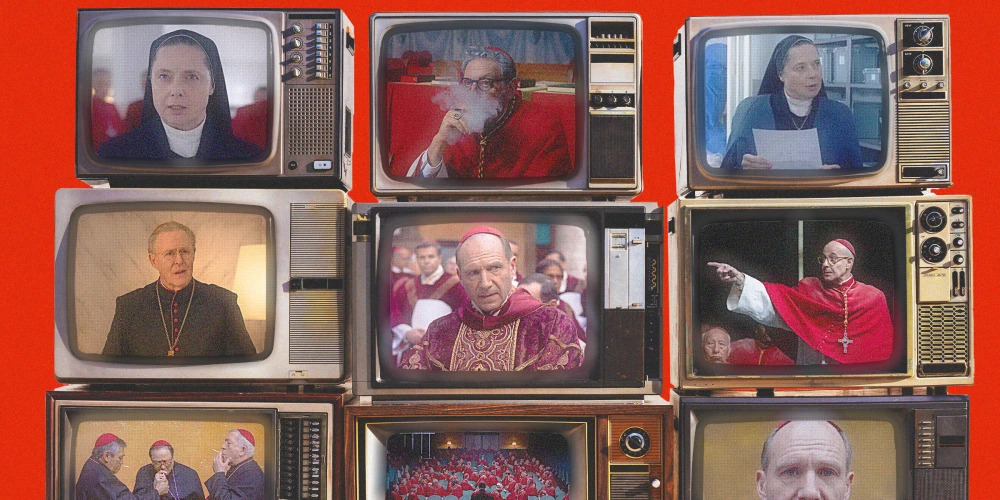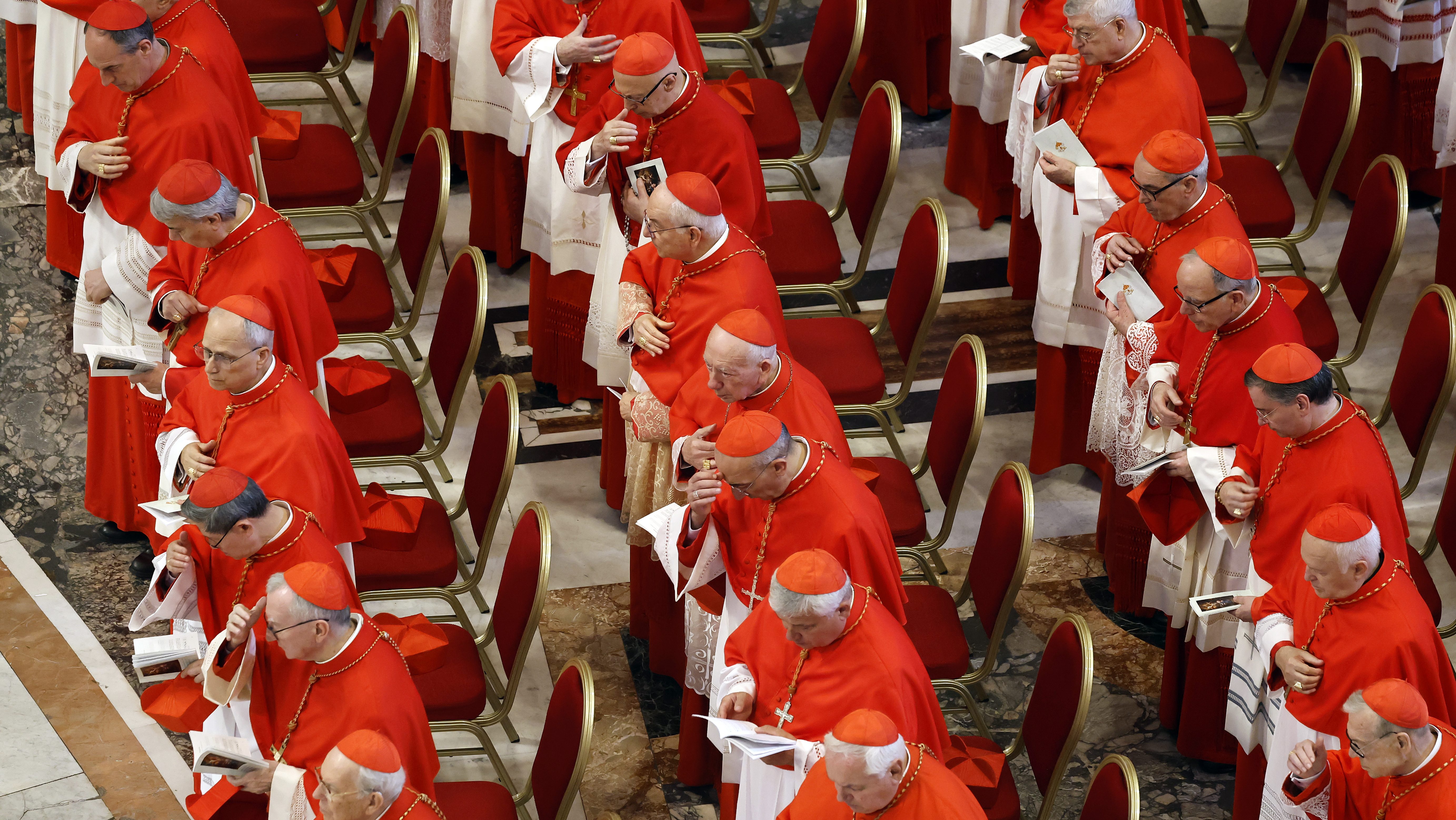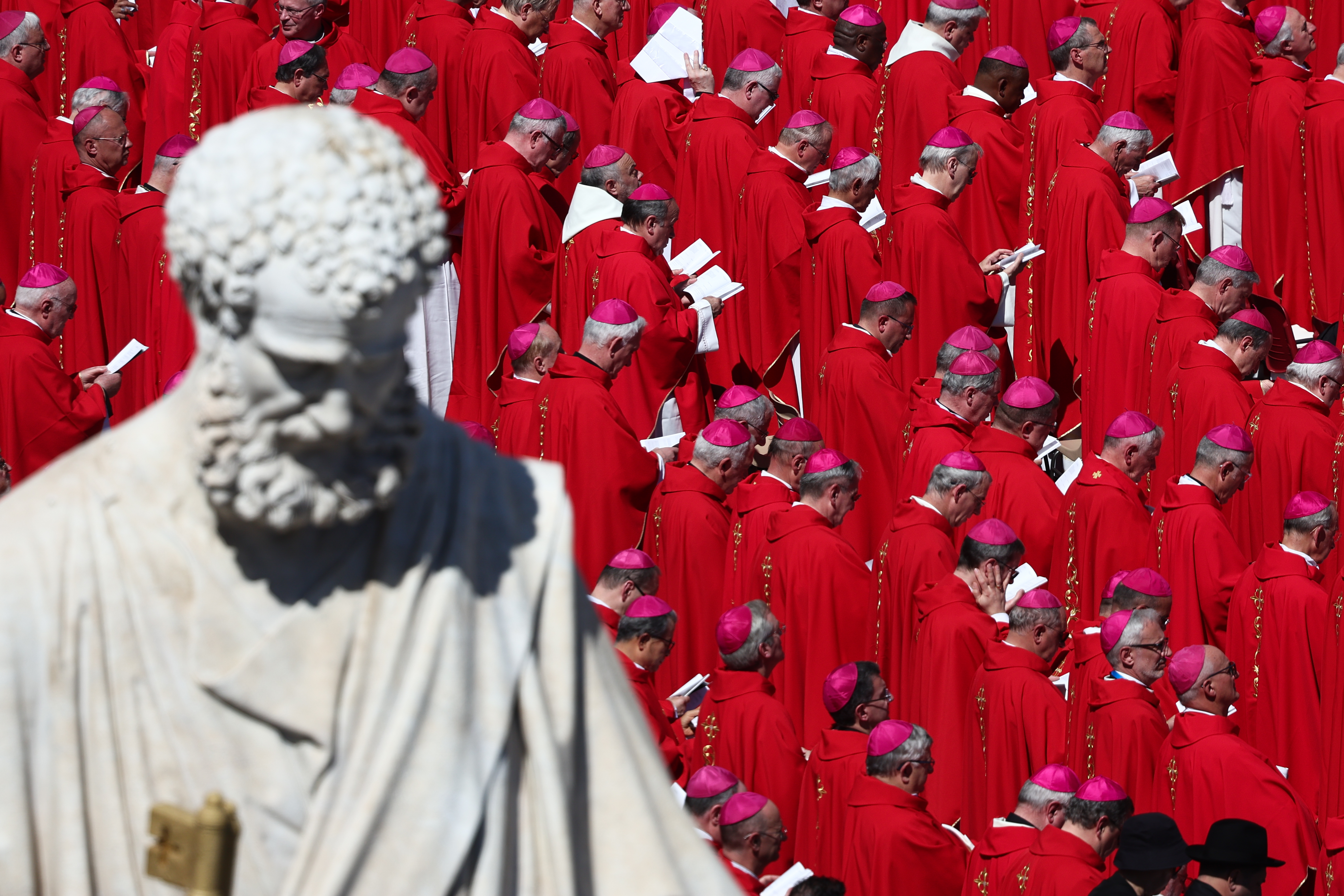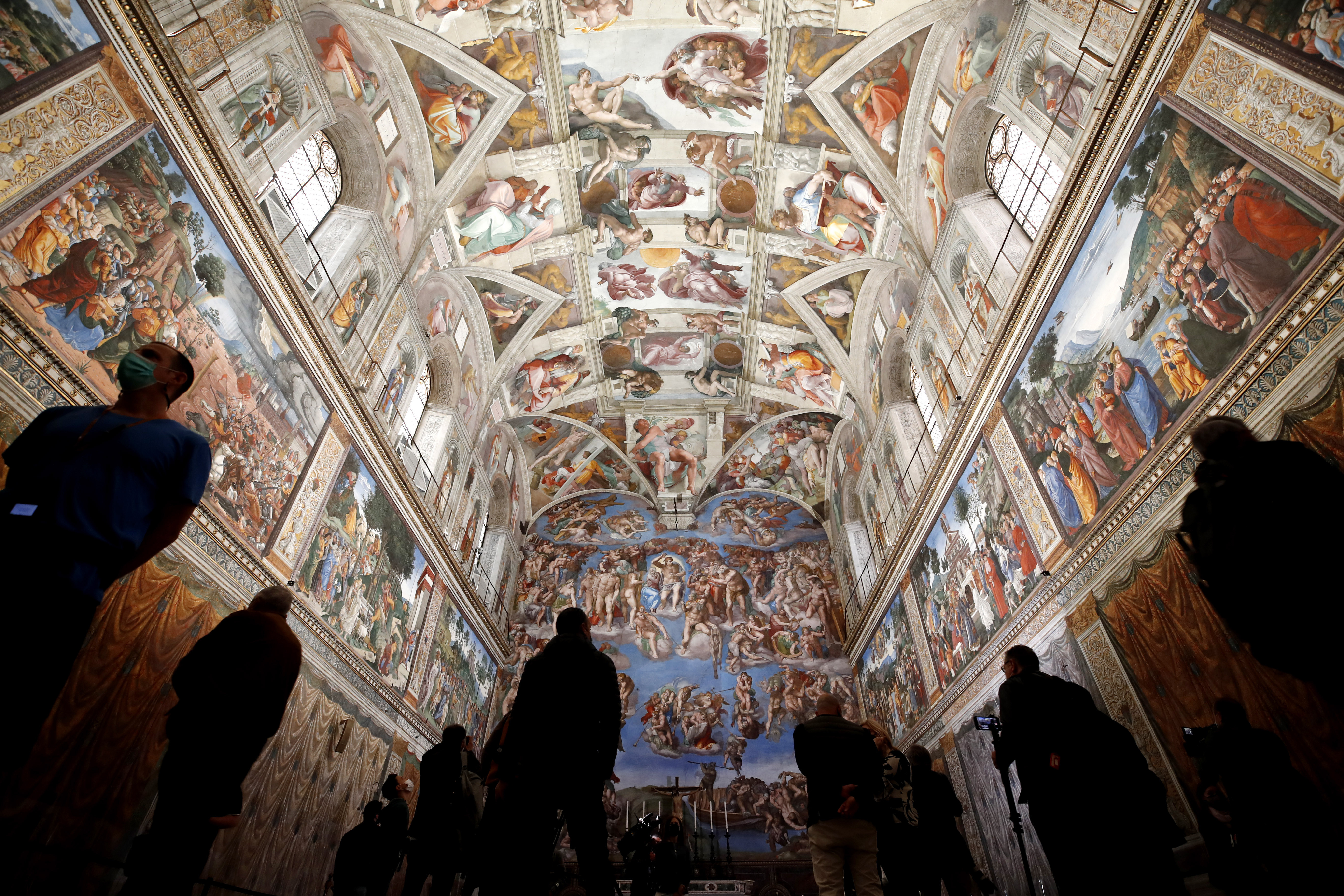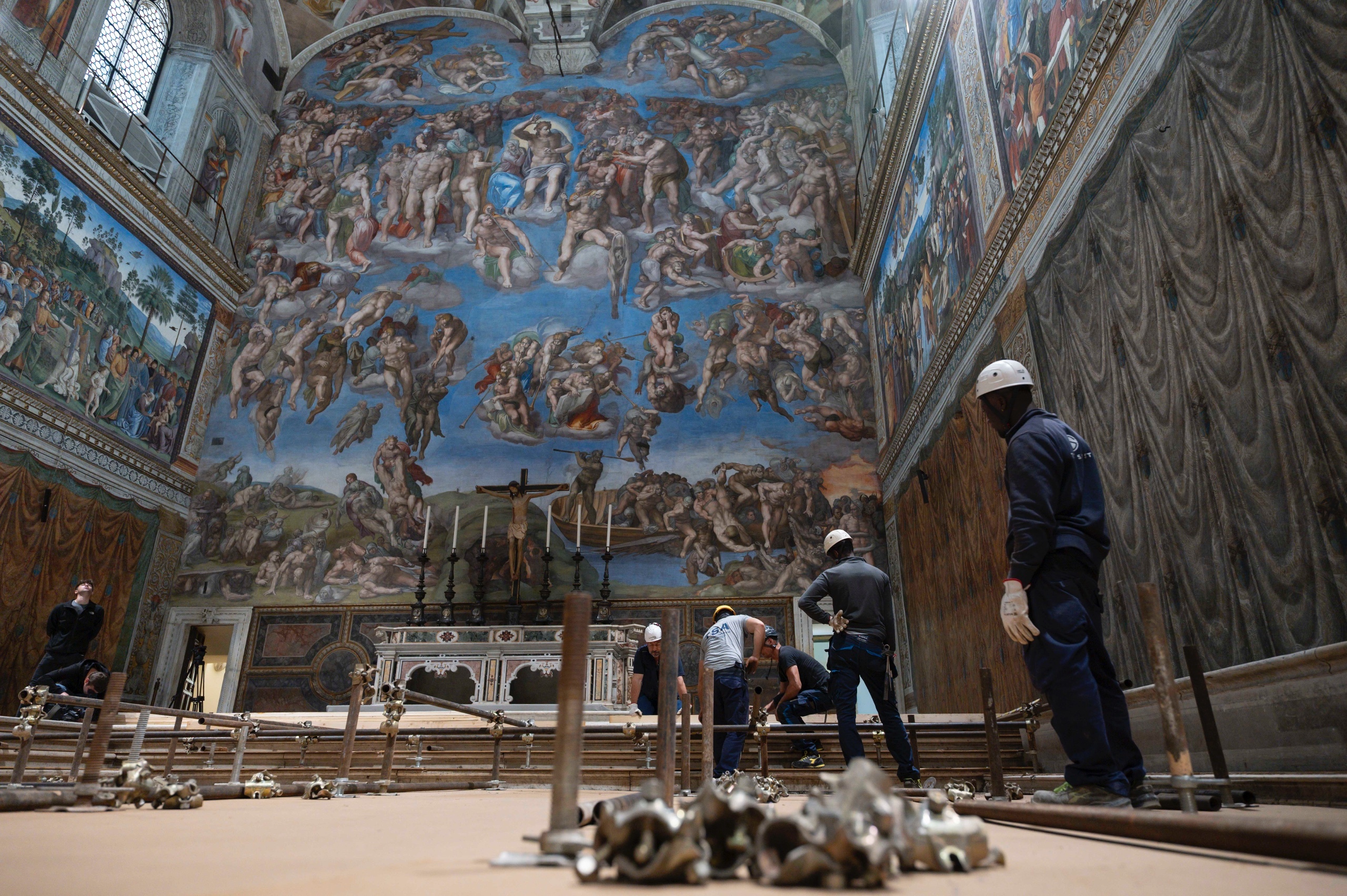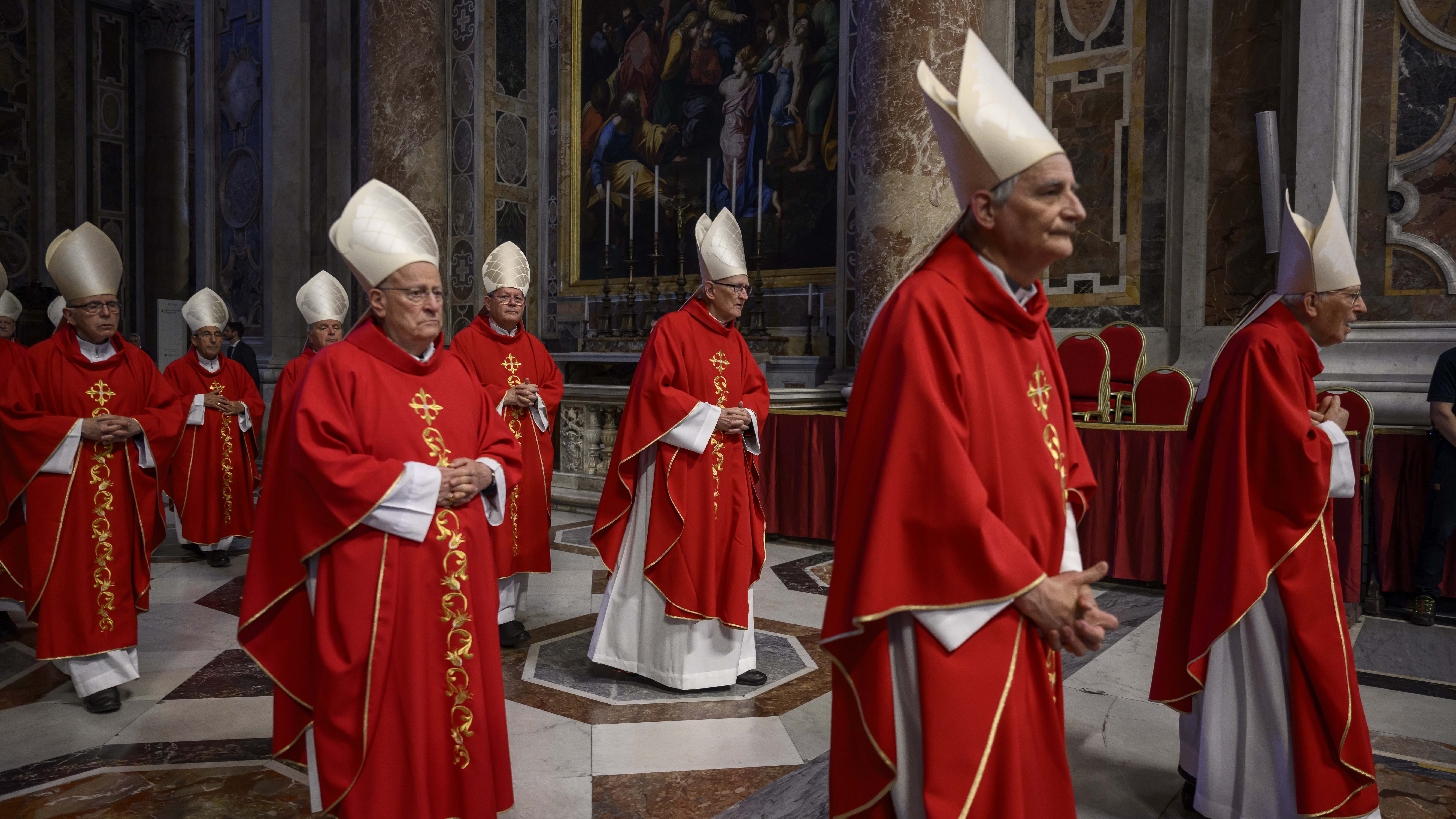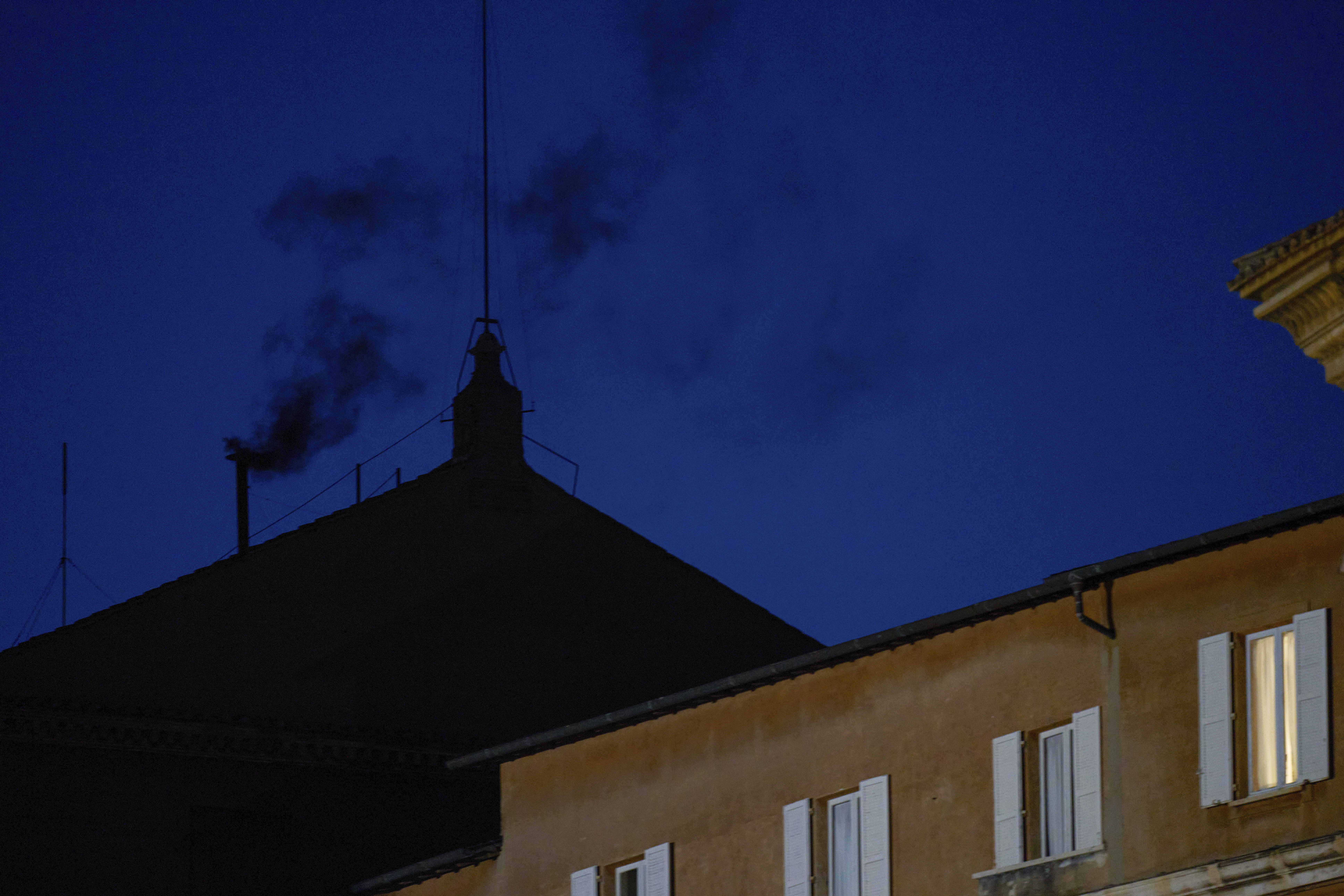Pope Francis: NYC Remembers Son of Immigrants, His Holiness
From Son of Immigrants to His Holiness: NYC Remembers Pope Francis
Introduction: A City Mourns, a Life Celebrated
As Roman Catholics and people of all faiths around the world mourn the passing of Pope Francis, the tri-state area of New York, New Jersey, and Connecticut joins in paying tribute to a remarkable man. His Holiness, a spiritual leader who touched countless lives, passed away after a period of illness, leaving behind a legacy of compassion, reform, and unwavering dedication to the poor and marginalized. But how will New York City, a melting pot of cultures and faiths, remember this global icon?
The Passing of a Shepherd
Pope Francis, who had a history of chronic lung disease, passed away on Monday, February 24, 2025, after being hospitalized at Gemelli hospital for 38 days. He was admitted due to a respiratory crisis that unfortunately developed into double pneumonia. He had part of one lung removed in his youth. This was the longest hospitalization of his 12-year papacy, a testament to his tireless service even in the face of declining health.
A Life of Service: From Argentina to the Vatican
Born Jorge Mario Bergoglio in Buenos Aires, Argentina, to Italian immigrant parents, Pope Francis's journey to the papacy was an unlikely one. His humble beginnings shaped his perspective and fueled his passion for social justice.
Humble Beginnings in Buenos Aires
Imagine a young Jorge Bergoglio, the son of a railway worker and a homemaker, growing up in a bustling Argentinian neighborhood. Did he ever dream of leading the Catholic Church? His early life instilled in him a deep understanding of the struggles faced by working-class families.
Ascension to the Papacy
In 2013, the world watched as Cardinal Bergoglio was elected Pope, choosing the name Francis in honor of St. Francis of Assisi, the patron saint of the poor. This symbolic choice signaled a shift towards a more compassionate and inclusive papacy. His election marked a historic moment, the first time a Jesuit, the first Latin American, and the first non-European in centuries ascended to the throne of St. Peter.
NYC's Unique Connection to Pope Francis
New York City, with its diverse Catholic population and vibrant immigrant communities, held a special place in Pope Francis's heart. His 2015 visit to the city was a defining moment for many.
The 2015 Papal Visit: A City Transformed
Remember the excitement that filled the air when Pope Francis visited New York City in 2015? From his address to the United Nations to his visit to a school in East Harlem, his presence resonated deeply with New Yorkers of all backgrounds. He championed issues of poverty, immigration, and climate change, themes that are particularly relevant to the city's diverse population.
Celebrating Mass at Madison Square Garden
The image of Pope Francis celebrating Mass at Madison Square Garden, surrounded by thousands of faithful, is etched in the memories of many. The energy in the arena was palpable, a testament to his ability to connect with people on a spiritual level.
Remembering His Advocacy for the Poor
Pope Francis consistently spoke out against economic inequality and injustice. His words resonated particularly strongly in a city like New York, where the gap between rich and poor is starkly visible.
A Voice for the Voiceless
He challenged the status quo and urged world leaders to prioritize the needs of the most vulnerable. He reminded us that true wealth lies not in material possessions but in compassion and solidarity.
Addressing Poverty in New York City
His visit to a Catholic school in East Harlem highlighted the challenges faced by underprivileged communities. He offered words of encouragement and hope to students, reminding them of their inherent worth and potential.
His Impact on Immigration Reform
As the son of immigrants himself, Pope Francis understood the struggles and aspirations of those seeking a better life. His advocacy for immigration reform resonated deeply in New York City, a city built by immigrants.
A Champion for Immigrant Rights
He consistently called for humane treatment of immigrants and refugees, reminding us that we are all part of the same human family. His message of welcome and inclusion challenged the divisive rhetoric that often surrounds the immigration debate.
New York City's Response to His Message
New York City's immigrant communities embraced Pope Francis's message of hope and solidarity. His words empowered them to advocate for their rights and to contribute to the city's vibrant culture.
His Legacy: A Church of Mercy and Compassion
Pope Francis's legacy extends far beyond his papacy. He redefined the role of the Church in the 21st century, emphasizing mercy, compassion, and dialogue.
Reforming the Church
He implemented reforms aimed at making the Church more transparent and accountable. He challenged the traditional structures of power and encouraged greater participation from lay people.
A Focus on Dialogue and Reconciliation
He fostered dialogue with other religions and worked tirelessly to promote peace and reconciliation around the world. He understood that the greatest challenges facing humanity require collaboration and understanding.
NYC's Plans for Honoring Pope Francis
In the wake of his passing, New York City is planning various tributes to honor Pope Francis's life and legacy.
Memorial Services and Prayers
Catholic churches throughout the city will hold memorial services and prayer vigils. These gatherings will provide an opportunity for New Yorkers to come together, grieve, and celebrate his life.
Public Art and Commemorations
There are discussions about creating public art installations and commemorative events that will serve as lasting reminders of his impact on the city. These initiatives will ensure that his message of compassion and social justice continues to inspire future generations.
The Future of the Catholic Church
The passing of Pope Francis marks the end of an era, but his legacy will continue to shape the Catholic Church for years to come.
The Conclave and the Election of a New Pope
The College of Cardinals will soon convene to elect a new Pope. The world will be watching closely to see who will succeed Pope Francis and how they will carry on his legacy.
Continuing His Vision
Whoever is chosen, the new Pope will face the challenge of navigating a complex and rapidly changing world. The hope is that they will continue to champion the values of compassion, social justice, and dialogue that defined Pope Francis's papacy.
Conclusion: A Lasting Impression on the City That Never Sleeps
Pope Francis’s passing is a loss felt deeply in New York City, a place that mirrors his commitment to diversity and social justice. From his unforgettable visit in 2015 to his constant advocacy for the marginalized, he leaves behind a legacy of compassion that will continue to inspire New Yorkers for generations. His memory will live on not just in churches and cathedrals, but in the hearts of the people he touched.
Frequently Asked Questions (FAQs)
- What were the main themes of Pope Francis's papacy?
Pope Francis emphasized themes of mercy, compassion, social justice, dialogue, and care for the environment throughout his papacy. He consistently advocated for the poor, immigrants, and the marginalized.
- How did Pope Francis impact the Catholic Church?
He implemented reforms to make the Church more transparent and accountable. He also encouraged greater participation from lay people and fostered dialogue with other religions.
- Why was Pope Francis's visit to New York City in 2015 so significant?
His visit resonated deeply with New Yorkers due to his championing of issues such as poverty, immigration, and climate change, which are particularly relevant to the city's diverse population.
- How is New York City planning to honor Pope Francis's legacy?
Plans are underway for memorial services, prayer vigils, public art installations, and commemorative events to honor his life and impact on the city.
- What is the process for selecting a new Pope?
The College of Cardinals will convene in a conclave to elect a new Pope. They will deliberate and vote in secrecy until a candidate receives a two-thirds majority.


